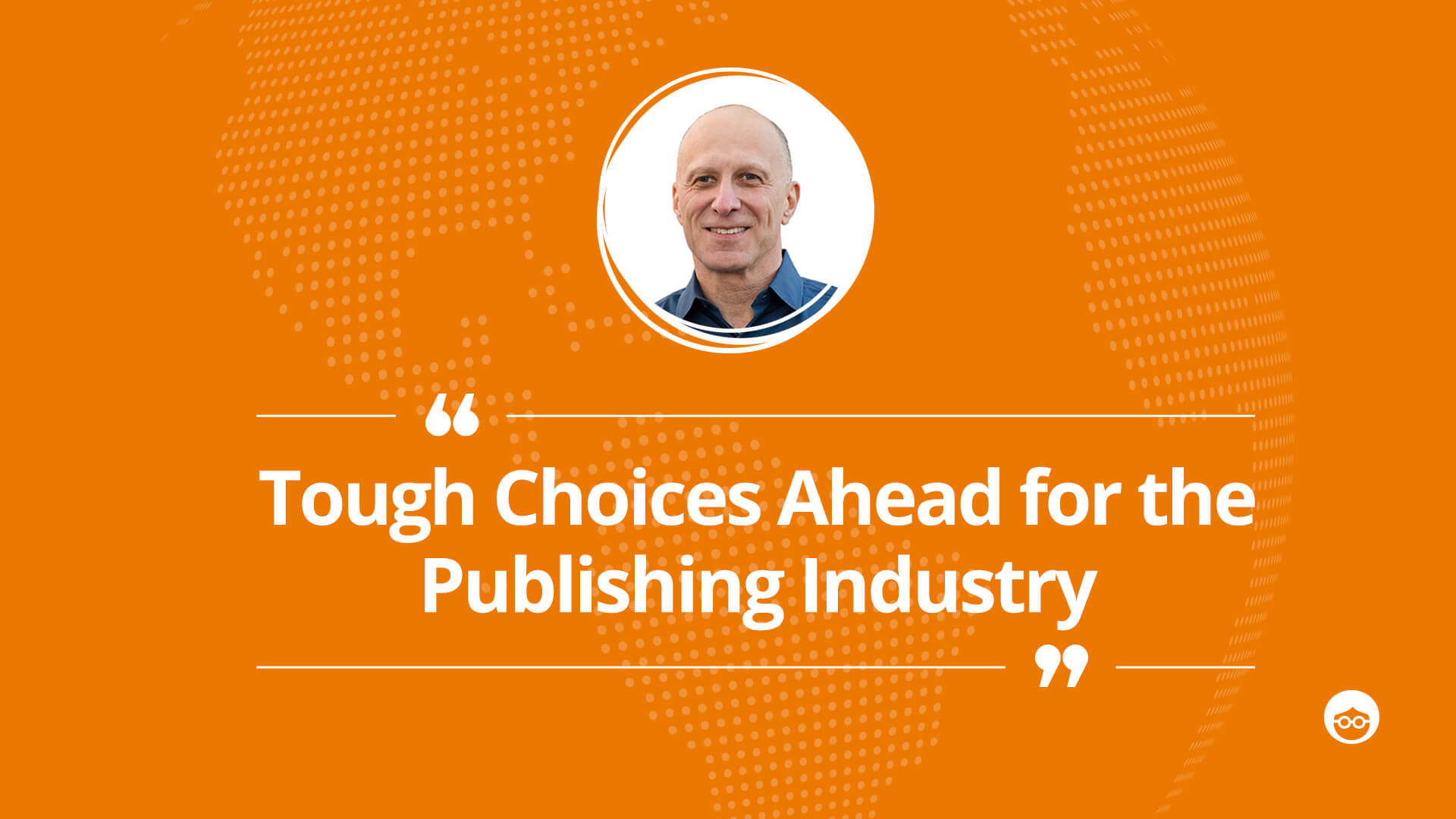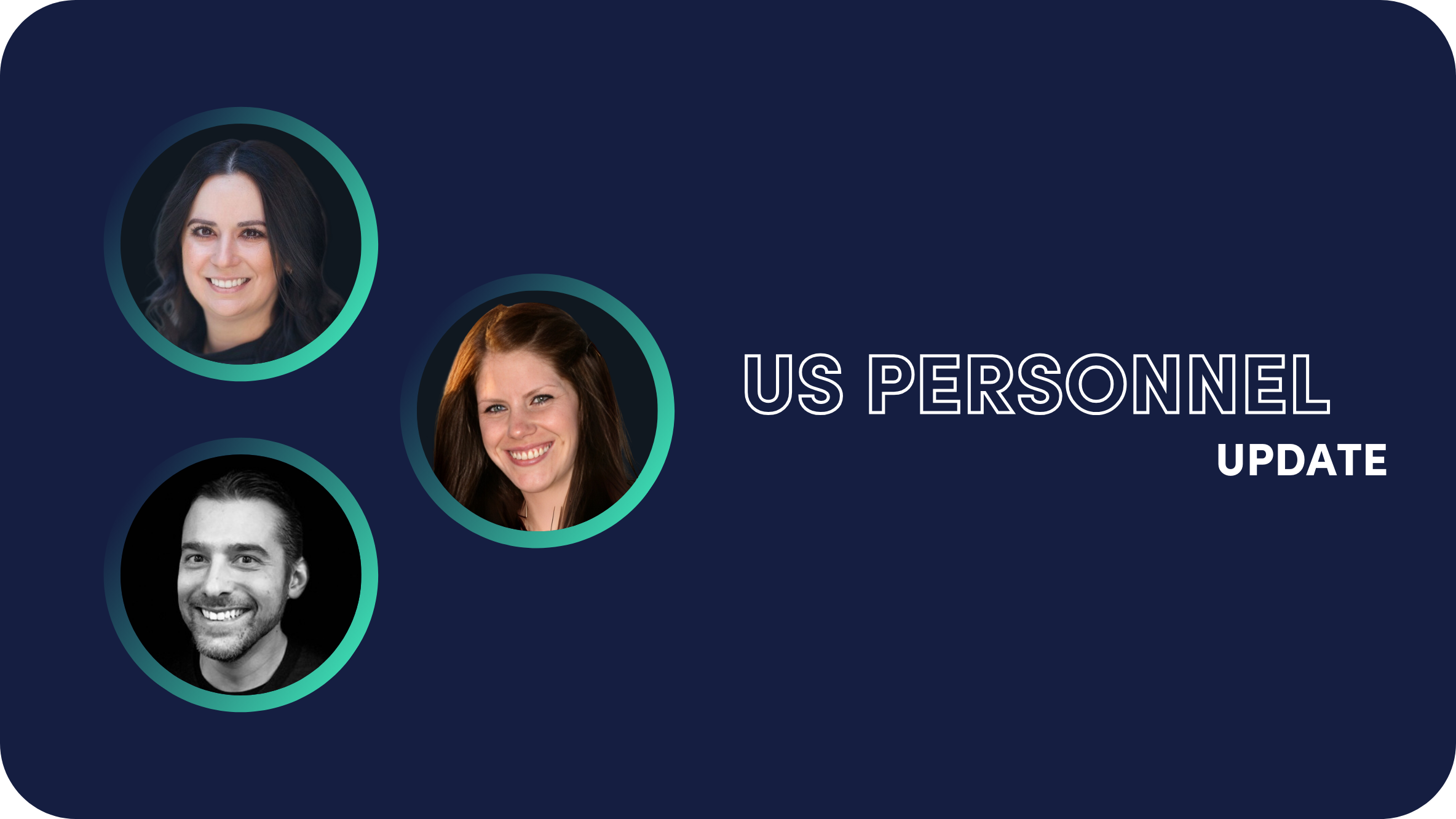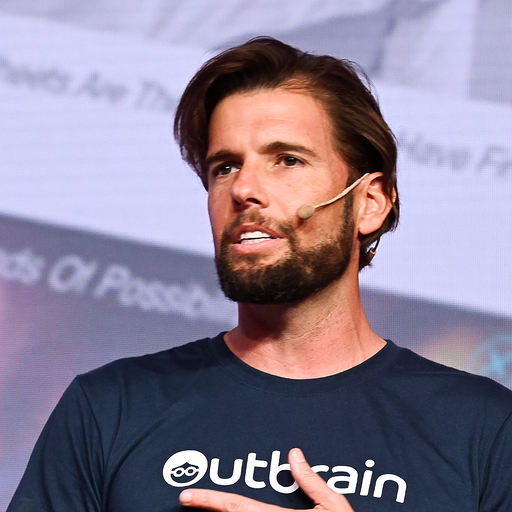Tough Choices Ahead for the Publishing Industry

Why My Company Chooses to Walk Away from Publisher Deals—and Put the Emphasis Back on Audience
There’s been an undeniable sea change in how online audiences consume content over the past 5 years. The “Duopoly” (Facebook and Google) have become the gateway for the world’s Internet users with 50% of them using Facebook, and 70% of American adults getting their news from social media.
That change has been a boon for the platforms themselves. eMarketer forecasts that in 2019, Google and Facebook will earn more than 60% of global digital advertising revenues. But for premium publishers, it’s a very different story. Premium sites are now forced to compete for clicks on those platforms with third-, fourth-, and lower-tier publications. As the Duopoly takes charge of content traffic, publishing is becoming a rapidly commoditizing business.
To push back against the challenges, publishers have turned to their native technology partners for help. These partners work to help publishers monetize their owned & operated content and supplement with third-party content to help provide a steady, trusted source of revenue to the business. It’s a wise move—but one that some publishers are deploying all wrong.
In a rush to make up the lost revenue share, many publishers look to their native tech partners to turn their ad streams up—resulting in bombarding audiences with advertising and creating a less than ideal audience experience.
Admittedly, this is a well-trodden path to fast revenue. But it’s also a dead end. It’s fighting the commoditization of premium publishing by turning premium publishing into a cash-grabbing commodity. This is not a strategy for the long run.
To push back the tide of commoditized media, premium publishers must renew focus on what it is that makes them unique: outstanding content that quality audiences return to loyally. It’s precisely this quality that delivers the brand-safe, high-engagement destinations that advertisers flock to as part of their media mix, and that funds the continued growth of high-end publishing.
The good news is that this doesn’t have to come at the expense of growing revenue and publishers’ existing native technologies can play a pivotal role in that path back to profitability and prominence. The challenge is that many publishers are afraid to take the leap.
Here’s How Publishers Will Succeed, Consumers Become Brand Loyal, & Journalism Prevails
Successful publishers, from stalwarts to new entrants, are using native technologies to reaffirm their place at the top of the publishing ecosystem. These premium publisher brands are providing audiences with outstanding tech-enabled experiences, like the ones below:
- They offer quality content in formats that are updated for a digital first, mobile first era.
- They serve as research guides. They’re aware of what site visitors are looking to understand and guide them to relevant information on those topics—whether it’s on a news story they’ve been following for months or vacation research they started ten minutes ago.
- They deliver unexpected, personally relevant content recommendations. Think Amazon product recommendations or Netflix movie suggestions, but for news.
Experiences like these remind audiences exactly why these sites are first-choice destinations, and how they’re head and shoulders above whatever site happens to come up in a search or social feed.
And in creating experiences like these, publishers have major advantages that are hard for the Duopoly platforms to match. First, publishers know their audiences better than anyone. They can follow which pages audiences visit across their owned and operated sites and can spot patterns of what readers with similar interests have clicked on as well—allowing for better recommendations and other personalized offerings (including uniquely-targeted ad offerings that brands crave). Audiences don’t share everything they read on a Facebook post or even in a search query, giving publishers a level of audience insight that’s a true strategic advantage.
Second, they have quality content—the key ingredient in audience loyalty.
The technology and the content are both ready today. For publishers, the question is: Are you ready to set your sights on investing in the industry for years to come?
Tough Choices Ahead
I know a bit about the tough choices that publishers face. At my own company, we’ve focused in the past on only those short-term publisher goals; but we’ve come to realize that this is becoming less helpful to them as digital publishing matures and we need to couple revenue goals and audience acquisition and retention strategies for the long-term. This is a change in priorities that have resulted in us parting ways from publishers who push for fast revenues that come at the expense of quality, driving audience loyalty and long-term success.
It’s a sacrifice we and our like-minded partners focused on the long-term health of their businesses appreciate. My company has become exceedingly profitable because of it, and it’s a vision I invite everyone in the publishing ecosystem—combine great tech, and great content, to give audiences an experience that no commoditized publishing can match.














